Related Research Articles

Congo may refer to:

Zaire is one of the 18 provinces of Angola. It occupies 40,130 square kilometres (15,490 sq mi) in the north west of the country and had a population of 594,428 inhabitants in 2014. It is bordered on the west by the Atlantic Ocean, on the north by the Democratic Republic of Congo, on the east by the Uíge Province, and on the south by the Bengo Province.

Kongo Central, formerly Bas-Congo, is one of the 26 provinces of the Democratic Republic of the Congo. Its capital is Matadi.
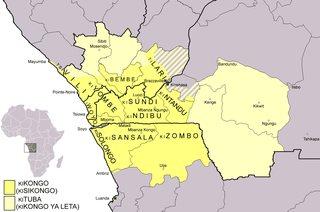
Kongo or Kikongo is one of the Bantu languages spoken by the Kongo people living in the Democratic Republic of the Congo (DRC), the Republic of the Congo, Gabon, and Angola. It is a tonal language. The vast majority of present-day speakers live in Africa. There are roughly seven million native speakers of Kongo in the above-named countries. An estimated five million more speakers use it as a second language.
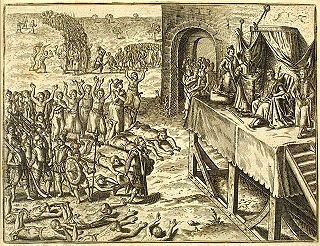
Manikongo was the title of the ruler of the Kingdom of Kongo, a kingdom that existed from the 14th to the 19th centuries and consisted of land in present-day Angola, Gabon, the Republic of the Congo and the Democratic Republic of the Congo. The manikongo's seat of power was Mbanza Kongo, now the capital of Zaire Province in Angola. The manikongo appointed governors for the provinces of the Kingdom and received tribute from neighbouring subjects.
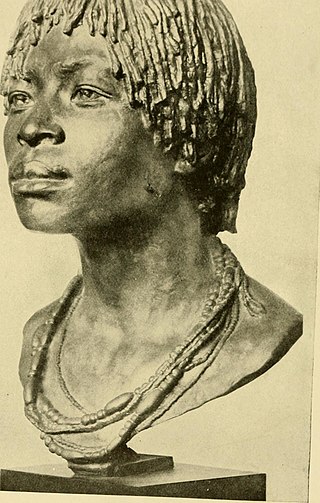
The Kongo people are a Bantu ethnic group primarily defined as the speakers of Kikongo. Subgroups include the Beembe, Bwende, Vili, Sundi, Yombe, Dondo, Lari, and others.
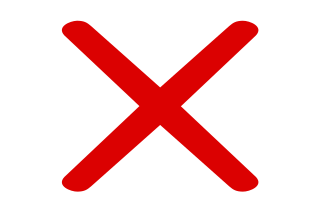
The Kingdom of Kongo was a kingdom in Central Africa. It was located in present-day northern Angola, the western portion of the Democratic Republic of the Congo, Southern of Gabon and the Republic of the Congo. At its greatest extent it reached from the Atlantic Ocean in the west to the Kwango River in the east, and from the Congo River in the north to the Kwanza River in the south. The kingdom consisted of several core provinces ruled by the Manikongo, the Portuguese version of the Kongo title Mwene Kongo, meaning "lord or ruler of the Kongo kingdom", but its sphere of influence extended to neighbouring kingdoms, such as Ngoyo, Kakongo, Loango, Ndongo, and Matamba, the latter two located in what is Angola today.

Bundu dia Kongo, known as BDK, is a new religious movement with a political and cultural agenda that is associated with the Kongo ethnic group. It was founded in June 1969 but officially in 1986 by Ne Muanda Nsemi, who was the group's current leader until his death and is mainly based in the Kongo Central (Bas-Congo) province in the Democratic Republic of the Congo.

The Anziku Kingdom, also called the Teke Kingdom, the Tyo Kingdom or Tio Kingdom, was a pre-colonial West Central African state of modern Republic of Congo, Gabon and Democratic Republic of Congo.

Congo, officially the Republic of the Congo or Congo Republic, also known as Congo-Brazzaville is a country located on the western coast of Central Africa to the west of the Congo River. It is bordered to the west by Gabon, to the northwest by Cameroon, to the northeast by the Central African Republic, to the southeast by the Democratic Republic of the Congo, to the south by the Angolan exclave of Cabinda, and to the southwest by the Atlantic Ocean.
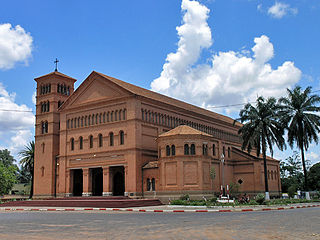
Christianity is the majority religion of the Democratic Republic of the Congo and is professed by around 95% of the population.

M'banza-Kongo, is the capital of Angola's northwestern Zaire Province with a population of 148,000 in 2014. M'banza Kongo was the capital of the Kingdom of Kongo since its foundation before the arrival of the Portuguese in 1483 until the abolition of the kingdom in 1915, aside from a brief period of abandonment during civil wars in the 17th century. In 2017, M'banza Kongo was declared a UNESCO World Heritage Site.
Henrique II was ruler of the Kingdom of Kongo in 1794 – 1803.
Afonso V of the Congo was a Kinlaza manikongo of the Kingdom of Kongo from 1785 to 1787.
Álvaro XI was ruler of the Kingdom of Kongo (1764–1779) from the Kinlaza house.
Pedro V Ntivila a Nkanga was a ruler of the throne of the Kingdom of Kongo and a member of the Kimpanzu house. He ruled Kongo from 1763 to 1764, after he overthrew Sebastião I, when Pedro refused to relinquish the Kimpanzu claims to the throne. This overthrow resulted in the breakdown of the rotating houses system put in place by Pedro IV. His reign was short-lived, however, and after he was in turn overthrown by Álvaro XI, he was removed from the official records, evidenced by the ascension of the official Pedro V in 1859. It is most likely due to the fact that he claimed the throne at the same time as Álvaro IX, though he kept his claim on the throne even after his removal.
Nicolau I Misaki mia Nimi was the ruler of the Kingdom of Kongo as a member of the Kimpanzu house from 1752 until sometime after 1758, during the rotating houses period established by Pedro IV.
Joaquim I was ruler of the Kingdom of Kongo from 1793 until 1794, possibly after having seized the throne from his predecessor, Aleixo I, though this is unknown. His reign was very short before it passed on to Henrique II who is credited with the reconstruction of the kingdom after the period of turmoil following the death of Alfonso V.
Manuel Nkomba was ruler of the Portuguese vassal of the Kingdom of Kongo from 1910 until 1911, when he died after only a year on the throne, which was possibly why he was excluded from the title of Manuel III, which was given to his successor Manuel III. He was the son of King Pedro VI.
Henrique III Mpanzu a Nsindi a Nimi a Lukeni was ruler of the Kingdom of Kongo from the Kivuzi branch of the Kinlaza house, who reigned from 1840 until 1857.